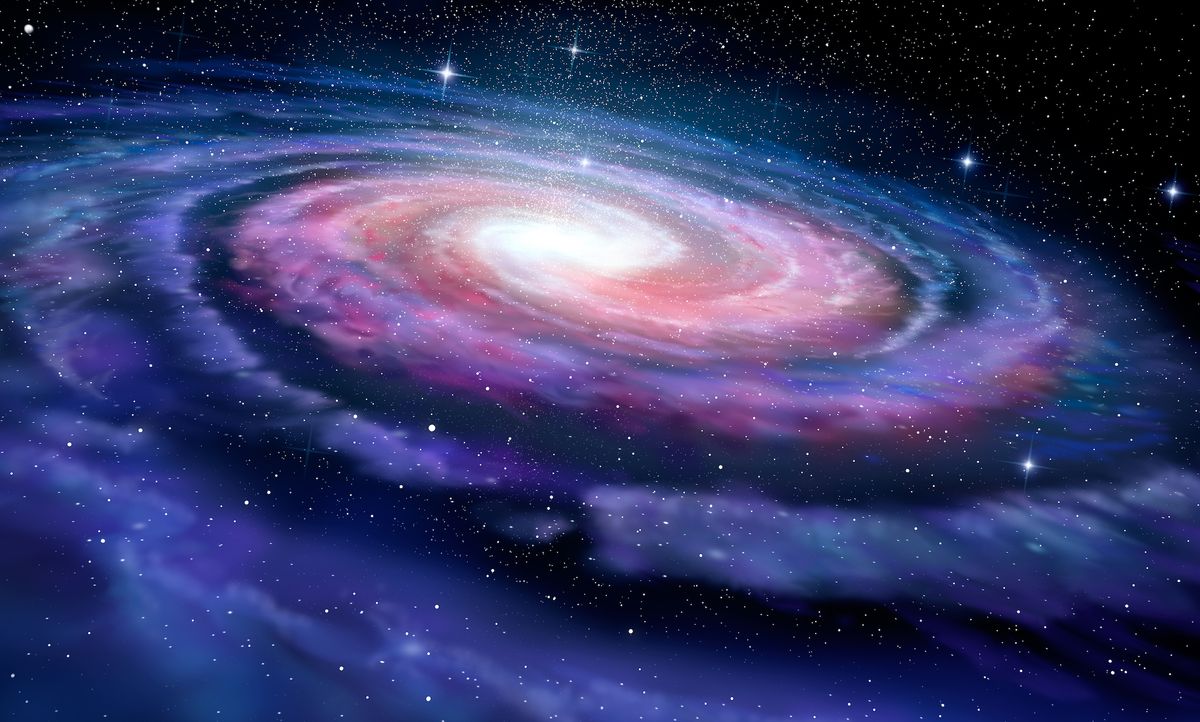Astrophysicists have found a new region of the Milky Way, and it's filled with searingly hot, bright-blue stars that are about to explode.
The researchers were creating the most detailed map yet of the star-flecked spiral arms of our galactic neighborhood with the European Space Agency's (ESA) Gaia telescope when they discovered the region, which they have named the Cepheus spur, they reported in a new study.
Nestled between the Orion Arm — where our solar system is— and the constellation Perseus, the spur is a belt between two spiral arms filled with enormous stars three times the mass of the sun and colored blue by their blistering heat.

Astronomers call these giant, blue stars OB stars because they are among the hottest in the stellar classification system. Stars of this type are the rarest, hottest, shortest-living and largest stars in the entire galaxy. The violent nuclear reactions taking place inside their hearts make them six times hotter than the sun. And the enormous stellar explosions that end their lives — called supernovas — scatter the heavy elements essential for complex life far into the galaxy.

 www.livescience.com
www.livescience.com
The researchers were creating the most detailed map yet of the star-flecked spiral arms of our galactic neighborhood with the European Space Agency's (ESA) Gaia telescope when they discovered the region, which they have named the Cepheus spur, they reported in a new study.
Nestled between the Orion Arm — where our solar system is— and the constellation Perseus, the spur is a belt between two spiral arms filled with enormous stars three times the mass of the sun and colored blue by their blistering heat.

Astronomers call these giant, blue stars OB stars because they are among the hottest in the stellar classification system. Stars of this type are the rarest, hottest, shortest-living and largest stars in the entire galaxy. The violent nuclear reactions taking place inside their hearts make them six times hotter than the sun. And the enormous stellar explosions that end their lives — called supernovas — scatter the heavy elements essential for complex life far into the galaxy.

Astronomers detect a bright-blue bridge of stars, and it’s about to blow
The newly discovered region reveals how new elements are made and how matter is recycled throughout our galaxy.




